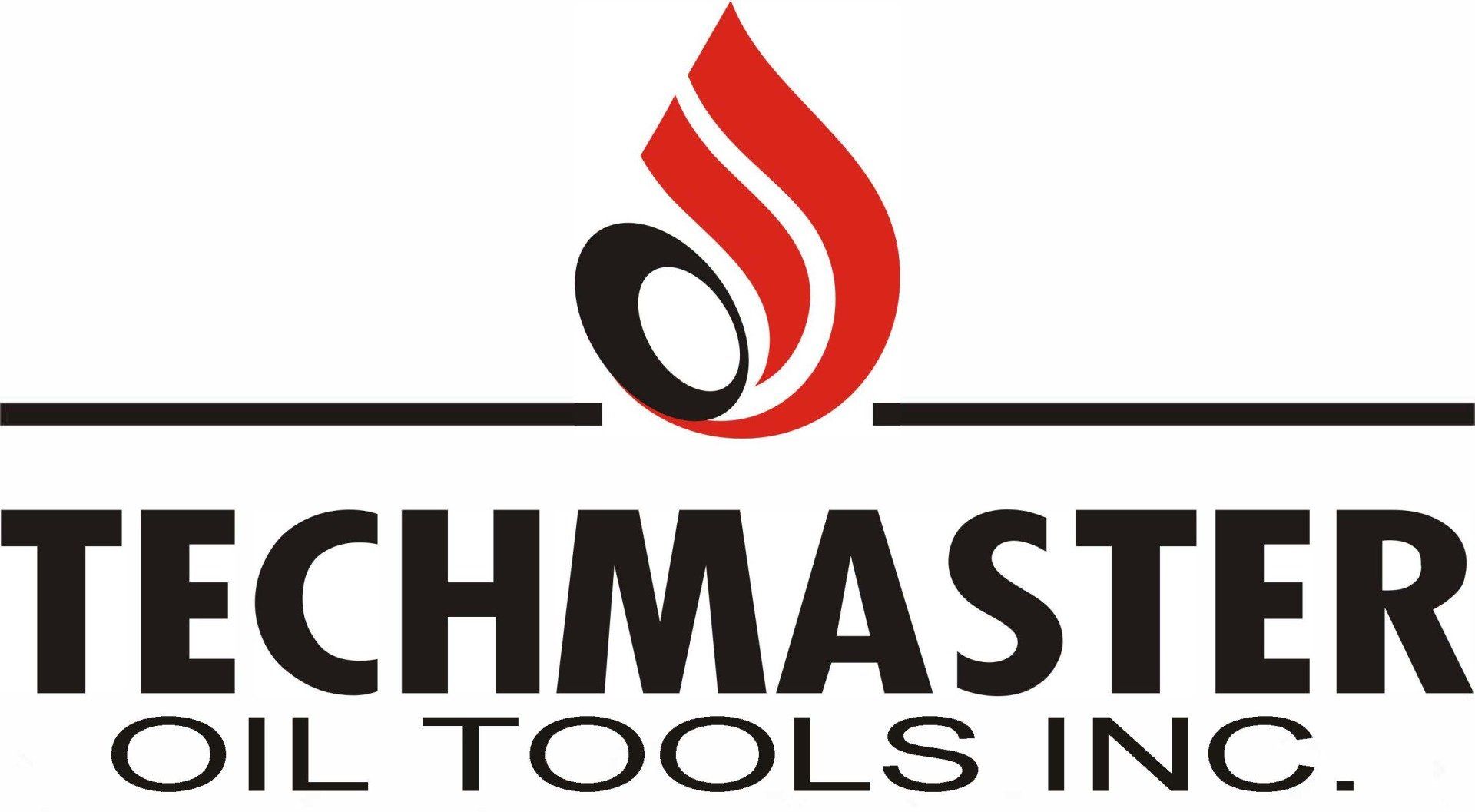RTTS™ Solutions
RTTS™ Packer
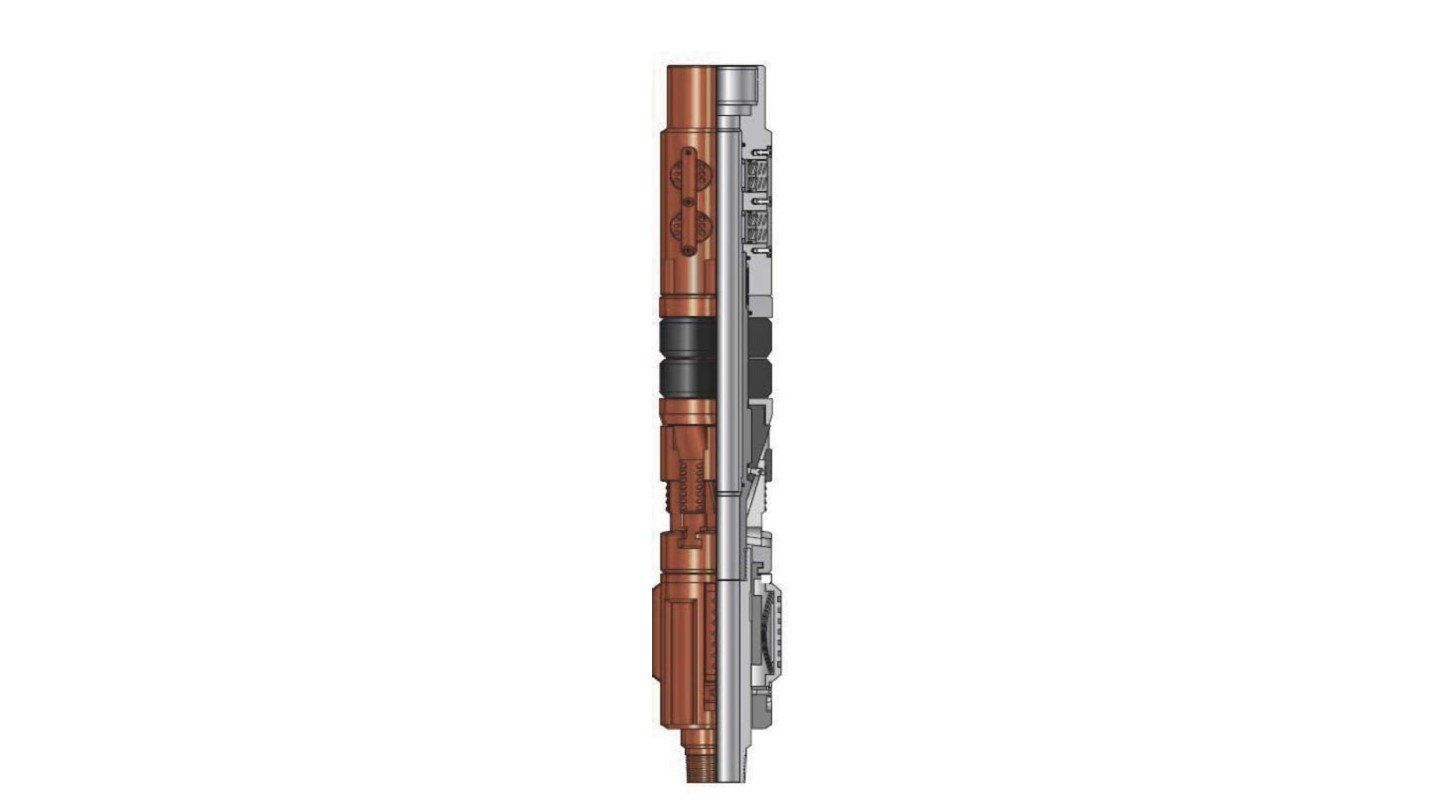
Description
The RTTS™ packer is a full-opening, hookwall packer used for testing, treating, and squeeze cementing operations. In most cases, the tool runs with a circulating valve assembly.
The packer body includes a J-slot mechanism, mechanical slips, packer elements, and hydraulic slips. Large, heavy-duty slips in the hydraulic holddown mechanism help prevent the tool from being pumped up the hole. Drag springs operate the J-slot mechanism on <3 1/2-in. (88.9-mm) packer bodies, while larger packer sizes≥ 4-in. (101.6 mm) use drag blocks. Automatic J-slot sleeves are standard equipment on all packer bodies.
The circulating valve, if used, is a locked-open/locked-closed type that serves as both a circulating valve and bypass. The valve automatically locks in the closed position when the packer sets. During testing or squeezing operations, the lock prevents the valve from being pumped open. A straight J-slot in the locked-open position matches with a straight J-slot (optional) in the packer body. This combination eliminates the need to turn the tubing to close the circulating valve or reset the packer after the tubing has been displaced with cement.

Features and Benefits
- The full-opening design of the packer mandrel bore allows largevolumes of fluid to pump through the tool. Tubing-type guns and
- otherwireline tools can be run through the packer.
- The packer can be set and relocated as many times as necessary with simple tubing manipulation.
- Tungsten carbide slips provide greater holding ability and improved wear resistance in high-strength casing. Pressure through the tubing
- activates the slips in the hydraulic holddown mechanism.
- An optional integral circulating valve locks into open or closed position during squeezing or treating operations, and opens easily to allow circulation above the packer.

Operations
The tool is run slightly below the desired etting position to set the packer and is then picked up and rotated several turns. If the tool is on the
bottom, only a half-turn is actually required. However, in deep or deviated holes, several turns with the rotary may be necessary. To maintain position, the right-hand torque must be held until the mechanical slips on the tool are set and can start taking weight.
The pressure must be equalized across the packer to unset it. As the tubing is picked up, the circulating valve remains closed, establishing reverse circulation around the lower end ofthe packer.
The circulating valve is opened for coming out of the hole when the tubing is lowered, rotated to the right, and picked up.
RTTS™ Circulating Valve
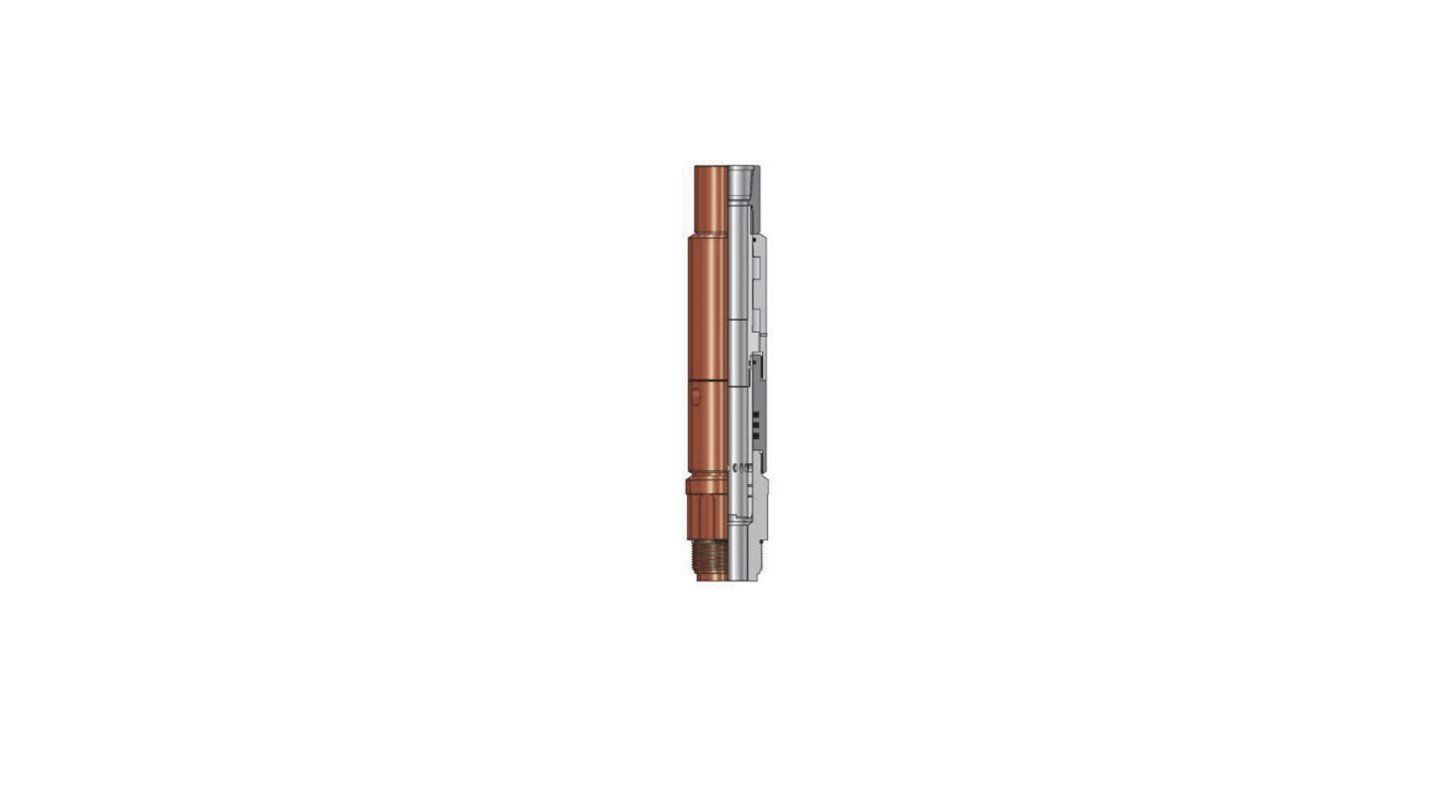
Description
The RTTS™ circulating valve is a locked-open/locked-closed valve that serves as both a circulating valve and bypass. The clearance between the RTTS packer (or any hookwall packer) and the casing ID is relatively small.

Features and Benefits
- The valve can be locked closed when the packer is unset to reverse fluid around the bottom ofthe packer.
- The tool’s full opening allows tubing type guns and other wireline equipment to pass.

Operations
The RTTS circulating valve is automatically locked in the closed position when the packer is set. During testing and squeezing operations, the lock helps prevent the valve from being pumped open. A straight J-slot in the locked-open position can be used with the straight J-slot (optional) in the packer body.
Model 2 RTTS™ Circulating Valve
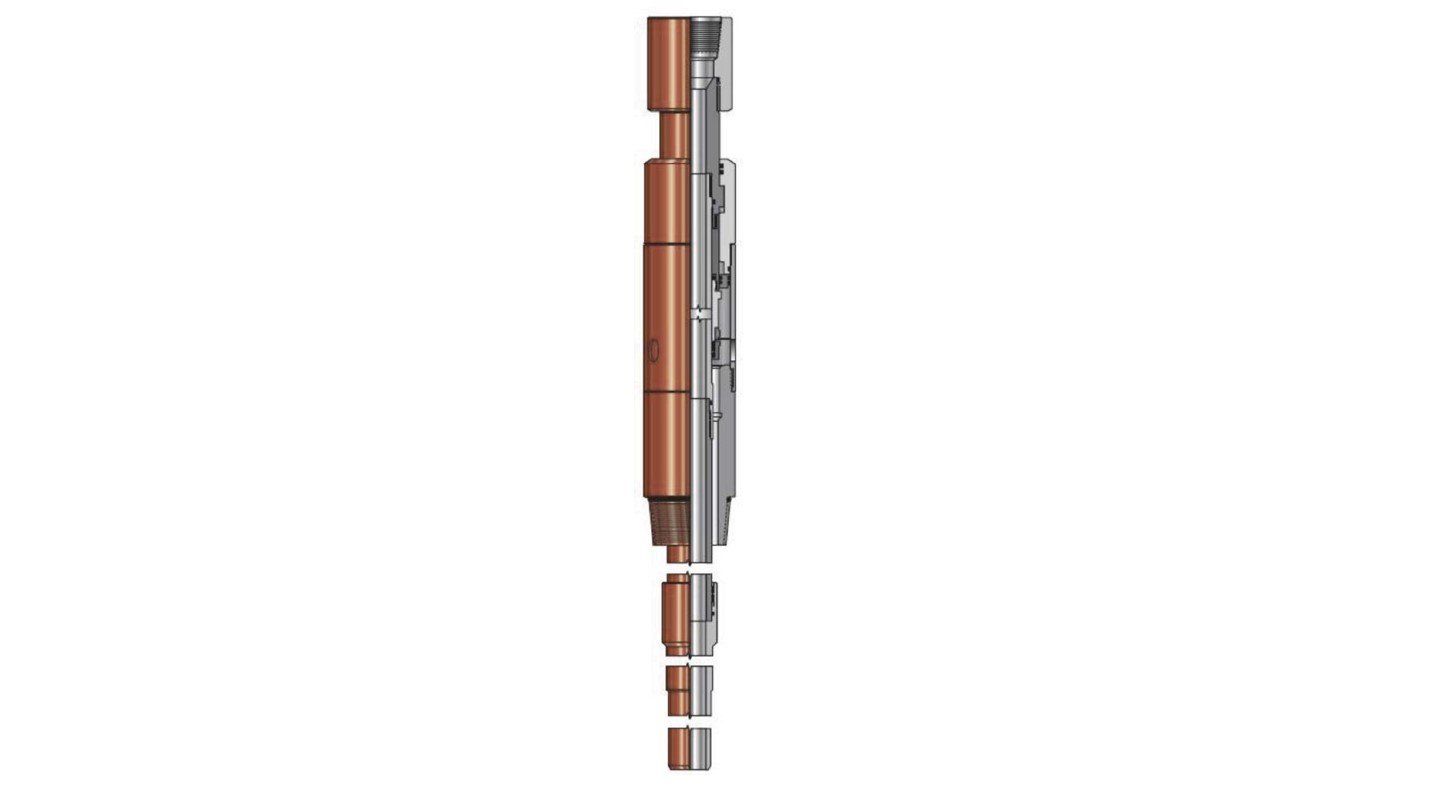
Description
The RTTS™ circulating valve is a locked-open/locked-closed valve that serves as both a circulating valve and bypass. The clearance between the RTTS packer (or any hookwall packer) and the casing ID is relatively small.
RTTS™ Safety Joint
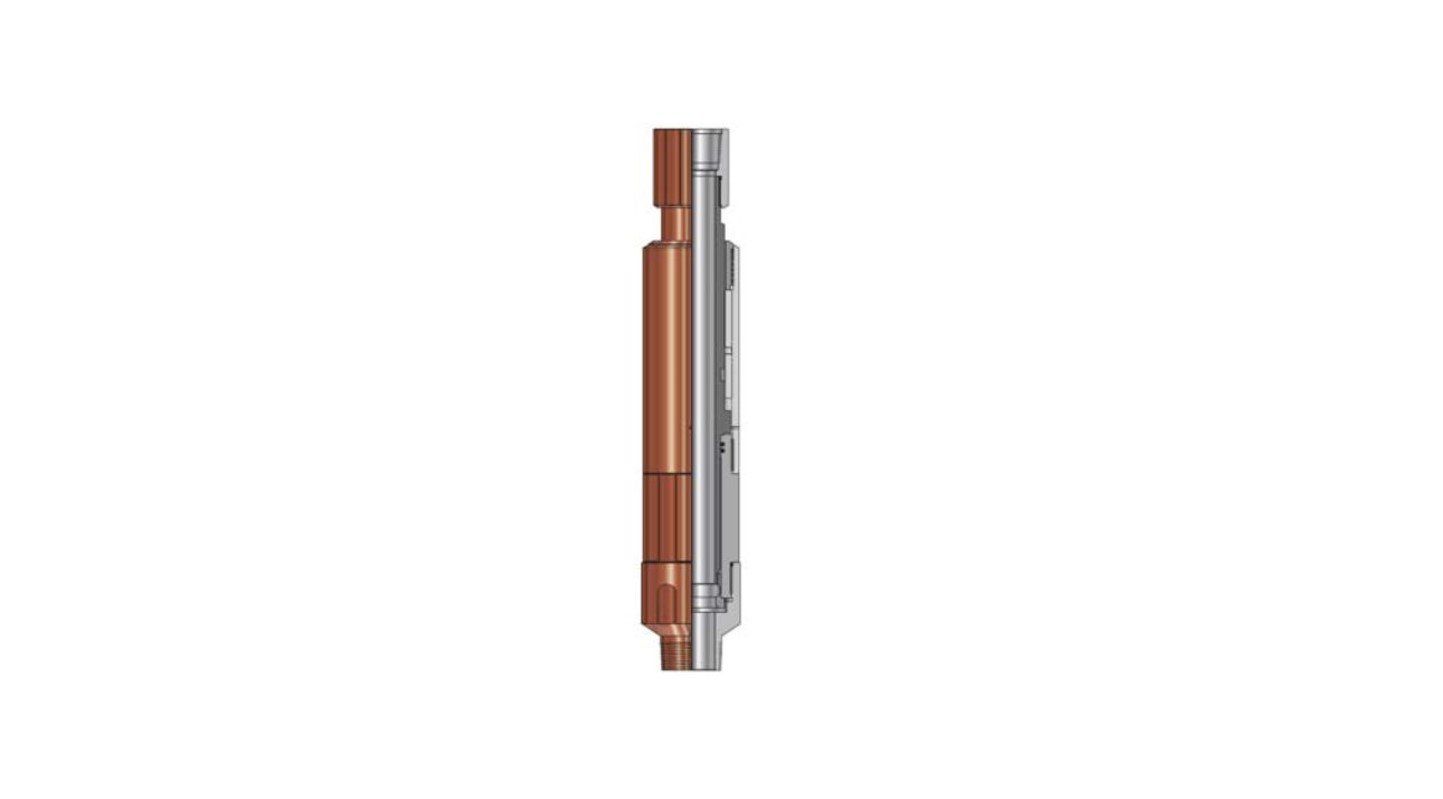
Description
The RTTS™ safety joint is an optional emergency backoff device. The safety joint releases the work string and tools above the packer if the packer becomes stuck during operations. The design of the RTTS safety joint makes unintentional operation difficult.

Features and Benefits
- Positive sequence of operation helps prevent premature release.
- Tools above it can be retrieved when string is stuck

Operations
The RTTS safety joint is run immediately above the RTTS packer so that the greatest number of tools above the packer may be removed.
Before the safety joint can be used, a tension sleeve located on the bottom of the lug mandrel must first be parted by pulling up on the workstring. After the tension sleeve has parted, the safety joint is released by right-hand torque while the workstring is reciprocated a specified number of cycles.


